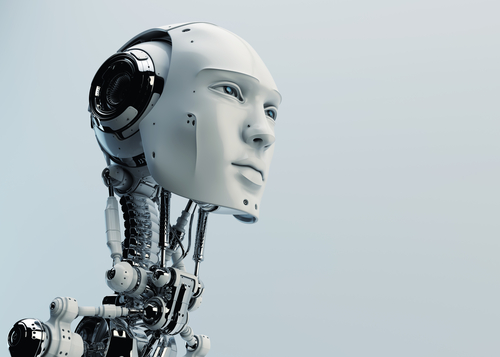We are in for a change; a different kind of change than we’ve ever experienced.
In the past, change has typically been based on technologies that make us faster and more efficient. We’re now entering a time of change where intelligent technologies are going to make us smarter.
As our machines transform from tools into intelligent partners, they’ll allow us the freedom to perform at the top of our game.
We’re already seeing intelligent technologies being adopted in the workplace and their impact is quickly accelerating. In the near future, we will see change driven by technologies that answer questions, assess situations and communicate insights.
>See also: How artificial intelligence and augmented reality will change the way you work
Since these capabilities are already in the workplace, the technology is primed for explosive growth and impact.
The ability to go beyond search into the realm of automatically getting answers is being enabled by technologies like IBM Watson.
Stepping beyond Jeopardy, Watson is now providing question-and-answer capabilities in industries such as healthcare and financial planning.
The difference between these industries’ past and current technology is the ability to interact. An interaction with Watson starts with a simple question, and Watson then determines what information you want and performs queries to find the answer.
The beauty of this technology is that Watson has the potential to empower business users with the ability to ask questions and immediately get answers without ever having to think about what the machine is actually doing.
The next step for Watson is to streamline the configuration process and develop a more robust way to not just answer but also explain.
This model of information will eventually become part of our stream of consciousness, where Watson is an “always-on” system that strives to answer questions as they are being framed.
For us, that means a system that feels more like mimicking our “thought process” than using a computer.
While Watson is skilled at answering questions, it does not have the ability to assess situations. The machine cannot look at a set of features (e.g. transactions) and provide an overall picture of what those transactions might mean (e.g. money laundering).
Fortunately, emerging technologies like machine learning and predictive analytics can enable the rulesets that make this sort of assessment possible.
As new data comes in, many of us spend our time reviewing it and making decisions based on what we think the data means.
While we may not want to give up decision-making, very few of us want to spend more of our time digging through data.
With technologies that allow for automated situation assessment, businesses no longer have to sift through endless data to make decisions.
This technology is already being used by numerous businesses for alerts related to cyber attacks and transactions that reflect illegal activities.
In the future, businesses and technologies will be able to look at even wider data sets to make better decisions and take action.
Here again, the beauty is in the partnership. The machine is doing what it does best: reviewing massive data sets and finding patterns that indicate different activities and situations.
And, humans are doing what they do best: looking at the situation, fitting it into a larger context and then responding to it appropriately.
The next piece of innovation for the new workplace is already here and growing: intelligent tools for communication.
Over the past few years, we have seen incredible growth in the area of automated narrative generation where systems take raw data, determine what it means and then generate easy-to-understand descriptions and explanations in natural language.
These systems provide a clear window into what is happening in the world through the lens of the data.
They’re the final piece of the puzzle for intelligent systems in that they integrate with other technologies and alleviate the need for people to examine and process information at the data level.
>See also: Man and machine: Cognitive computing in the enterprise
Most importantly, they provide a communication bridge between the best of the machine (data and analysis) and what people can understand (plain-English language).
There will certainly be more innovation, but these three technologies are already having a very special kind of impact in our lives.
They provide us access to intelligent systems that will ultimately allow us the freedom to become smarter in how we work.
Sourced from Kris Hammond, PhD, professor of computer science, Northwestern University, and co-founder and chief scientist, Narrative Science










